
Hello friends. We continued our Toledo journey with a visit to the Tranzito synagogue. Here there is a bust of Samuel Halevi, the financial advisor to King Philip II. Samuel Halevi notably financed the construction of the Tranzito Synagogue. Interestingly there was a queue to enter the synagogue. While waiting in line, I noticed a group of modern sculptures. These were works by Spanish sculptor Paco Rojas, offering a modern interpretation of the Twelve Apostles. And there’s a park nearby, but it was closed due to the wind. Although the wind wasn’t particularly strong, the authorities were concerned about a tree falling and possibly injuring an El Greco admirer.





Unfortunately, I couldn’t enter the synagogue. I arrived 15 minutes before closing and they didn’t let me in. So I had to settle for admiring it from the outside. Another fascinating aspect of this area is how the boundaries are designed. The signs are embedded in the pavements and illuminated at night.






If you can’t get into one synagogue, you can always find another to explore. Eventually I entered the Santa Maria la Blanca Synagogue. It’s quite an old synagogue, built in the 12th century and used until the 15th century. After the Reconquista, it was converted into a Catholic church, later served as an orphanage and then became a military depot. By the late 19th and early 20th centuries, it was recognized as a national monument and opened to the public as a museum. The interior doesn’t contain much, but since I don’t often visit synagogues, I found it interesting to see its architecture. The space is quite elegant and uniquely arranged. I liked it.




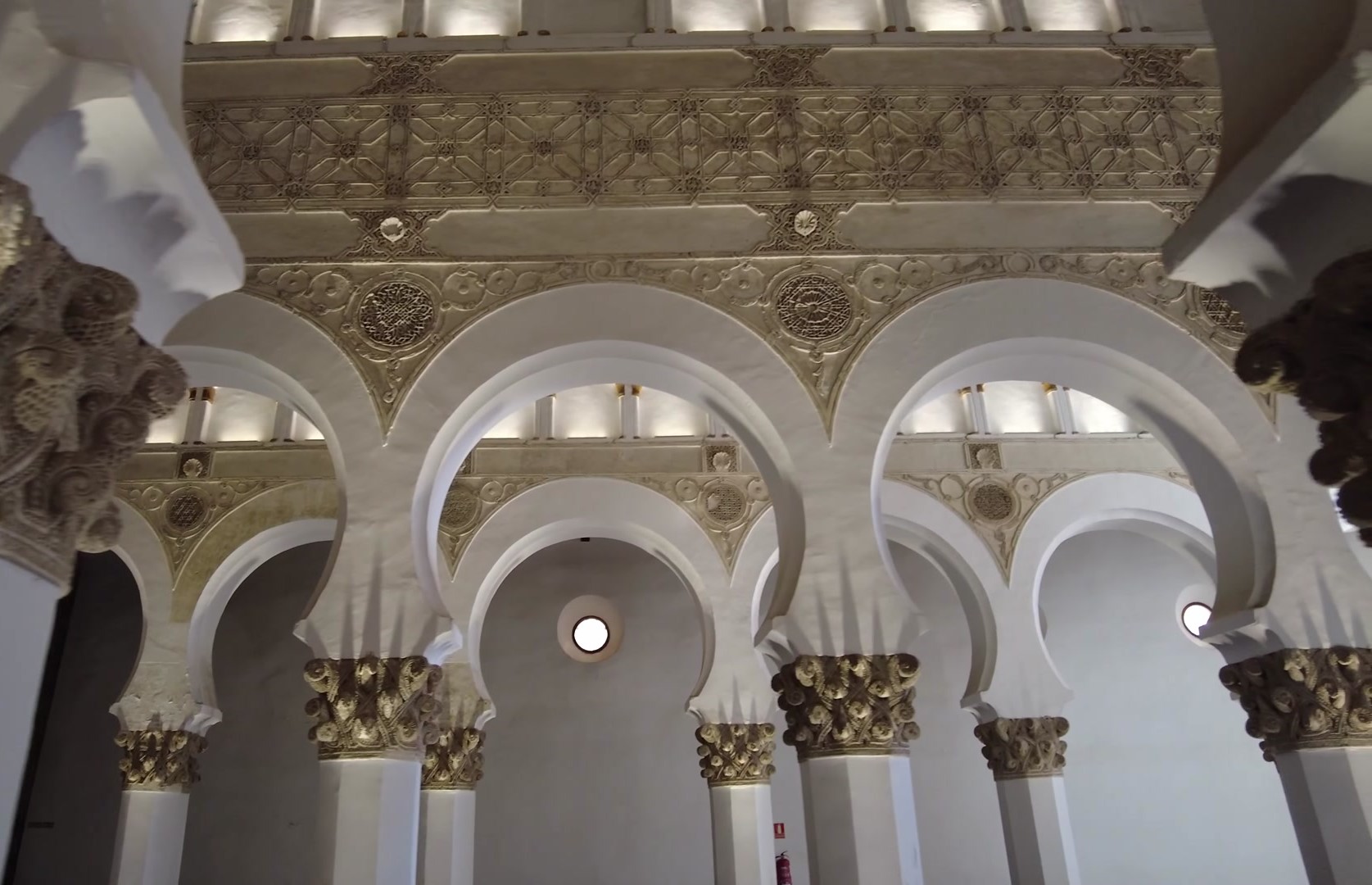
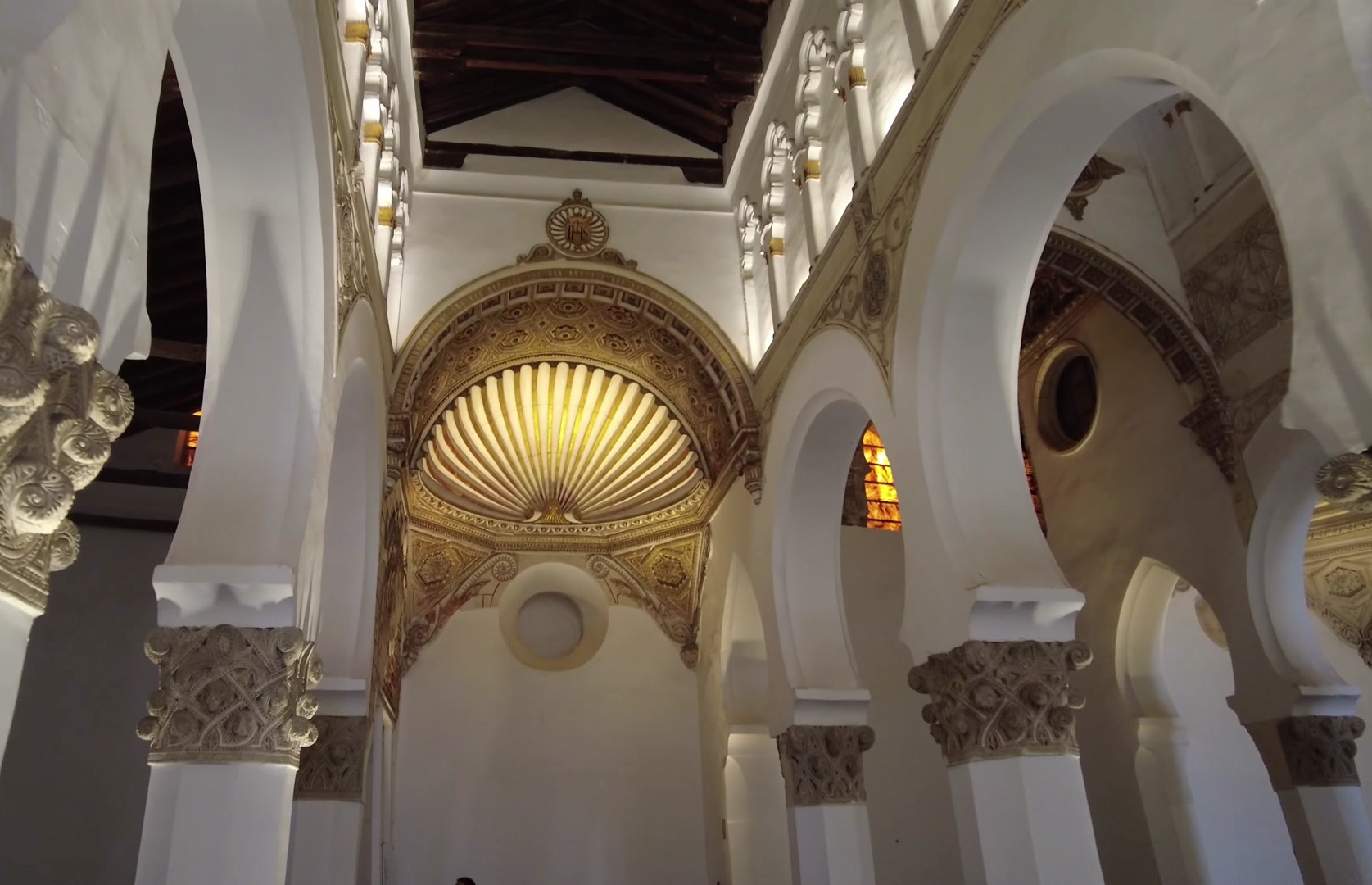

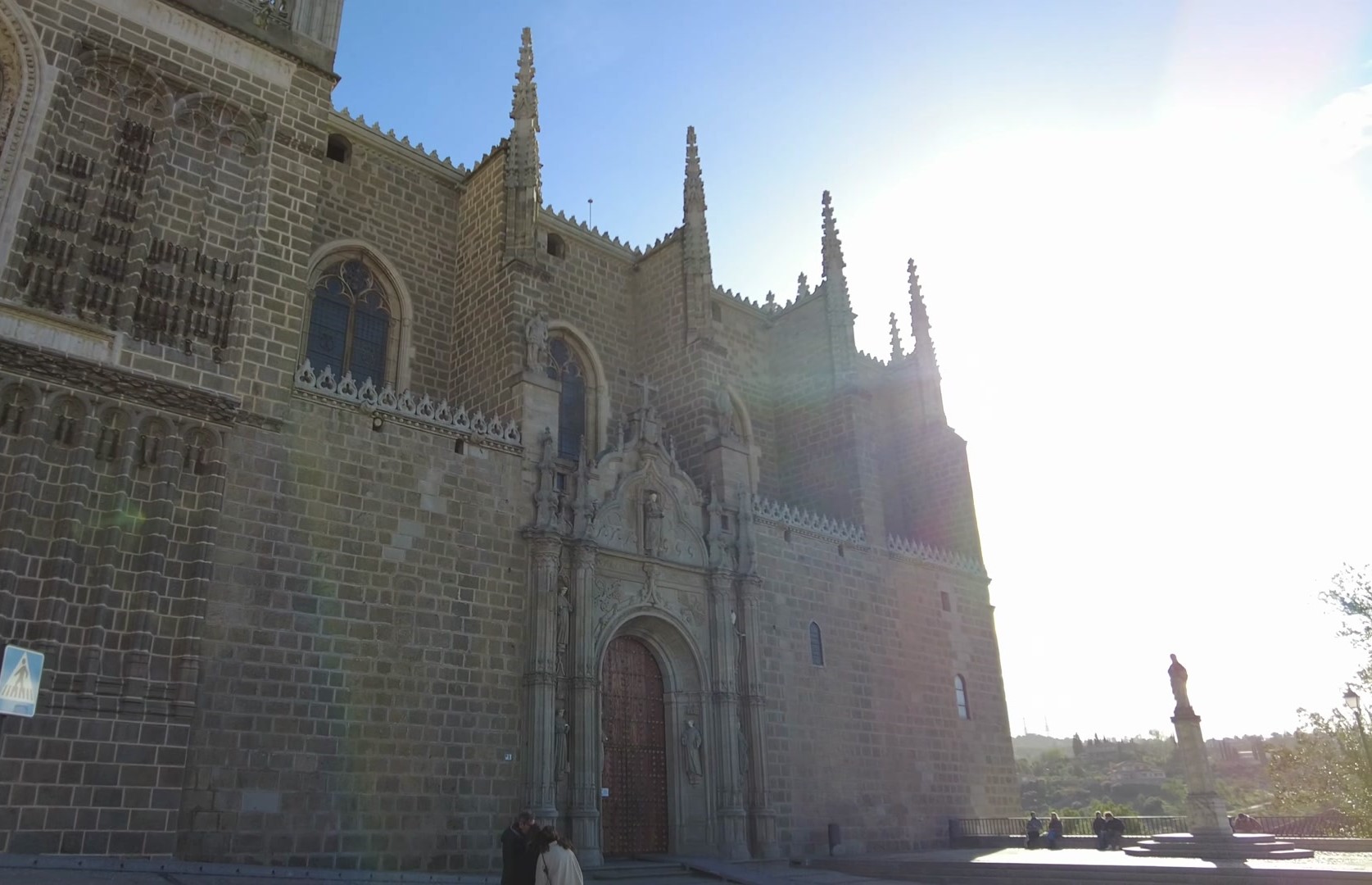
Next I visited a monastery. This monastery was founded in 1476 by Ferdinand to commemorate the Spanish victory over the Portuguese at the Battle of Toro. Interestingly the Portuguese believe they won that battle. It seems one flank retreated while the other advanced, leading to a somewhat inconclusive result. However, this event inspired Ferdinand and Isabella to establish this Franciscan monastery. It’s worth noting that nearly all Christian orders have had a presence here, including Jesuit churches and the Knights Templar. This region is almost considered the holy capital of Spain.







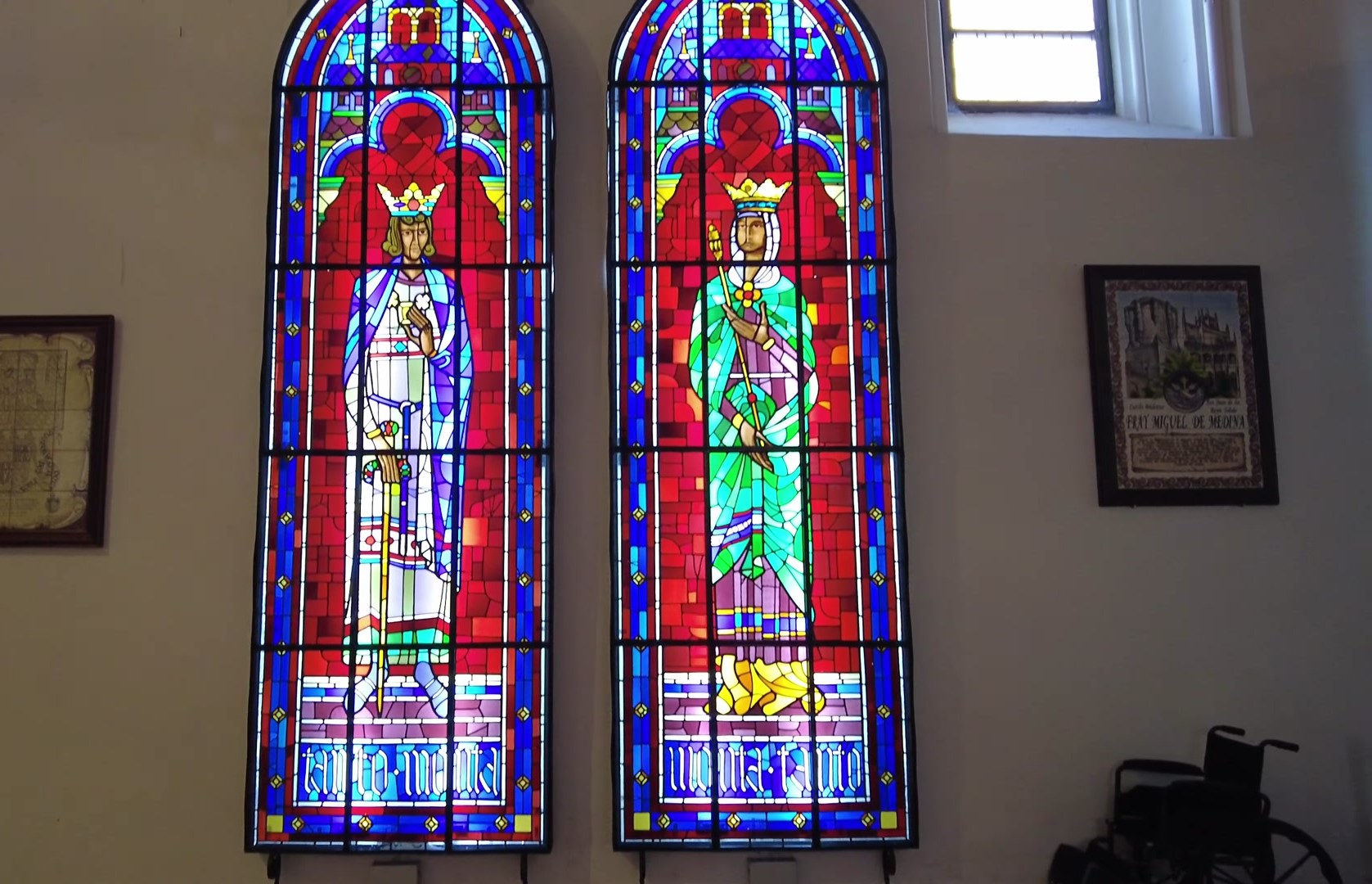


The monastery is a charming two-story building that looks stunning, especially in sunlight. The stone carvings are incredible. According to sources, this is the famous flamboyant Gothic style. Some experts say this style is Isabelino because it combines European Gothic elements with features of Moorish and Mudéjar styles. I’m not an expert, so I can’t confirm which interpretation is correct. Let’s agree that both sides have valid points.










The main cathedral, designed in the shape of a Latin cross, is magnificent. You can access the balcony or the royal tribune. Kings used to come here to pray and sat at a higher level than the public. One more intriguing detail: The cathedral’s façades are decorated with chains symbolizing Spaniards freed from Moorish captivity. That’s quite fascinating. There’s also a viewing terrace, which is a nice touch. Overall it’s a delightful place. But that’s enough religious architecture for today.

If you're more enthusiastic about discovering tourist spots, here's a tip: consider getting a tourist ticket or tourist bracelet. It grants you access to multiple attractions, though not all, so be sure to check the list of included places. If you plan to visit more than three locations, it’s a smart choice. For me three were enough, so I didn’t get one.

I returned to the mighty Tagus Rive or rather, to one of its historic bridges. This bridge is called the San Martin Bridge. The other located near the San Servando Castle, is the Alcántara Bridge. Built in the 13th century, it features towers on both ends. According to sources, the height of the central arch is 40 meters. From here, you can enjoy breathtaking views of Toledo’s historic quarter and the canyon. This bridge is a must-see. And if these views aren’t enough, there’s a zipline here. People whiz across the bridge so quickly they might forget to admire it.







As we near the end of our Toledo tour, I must highlight one significant feature: the city walls. They are almost fully preserved and incredibly impressive. In some areas, you’ll find towers, fortifications and arrow slits. However, the gates are the true jewels of these walls, standing as architectural masterpieces. For example, the Cambron Gate and the Bisagra Gate are stunning and uniquely captivating.
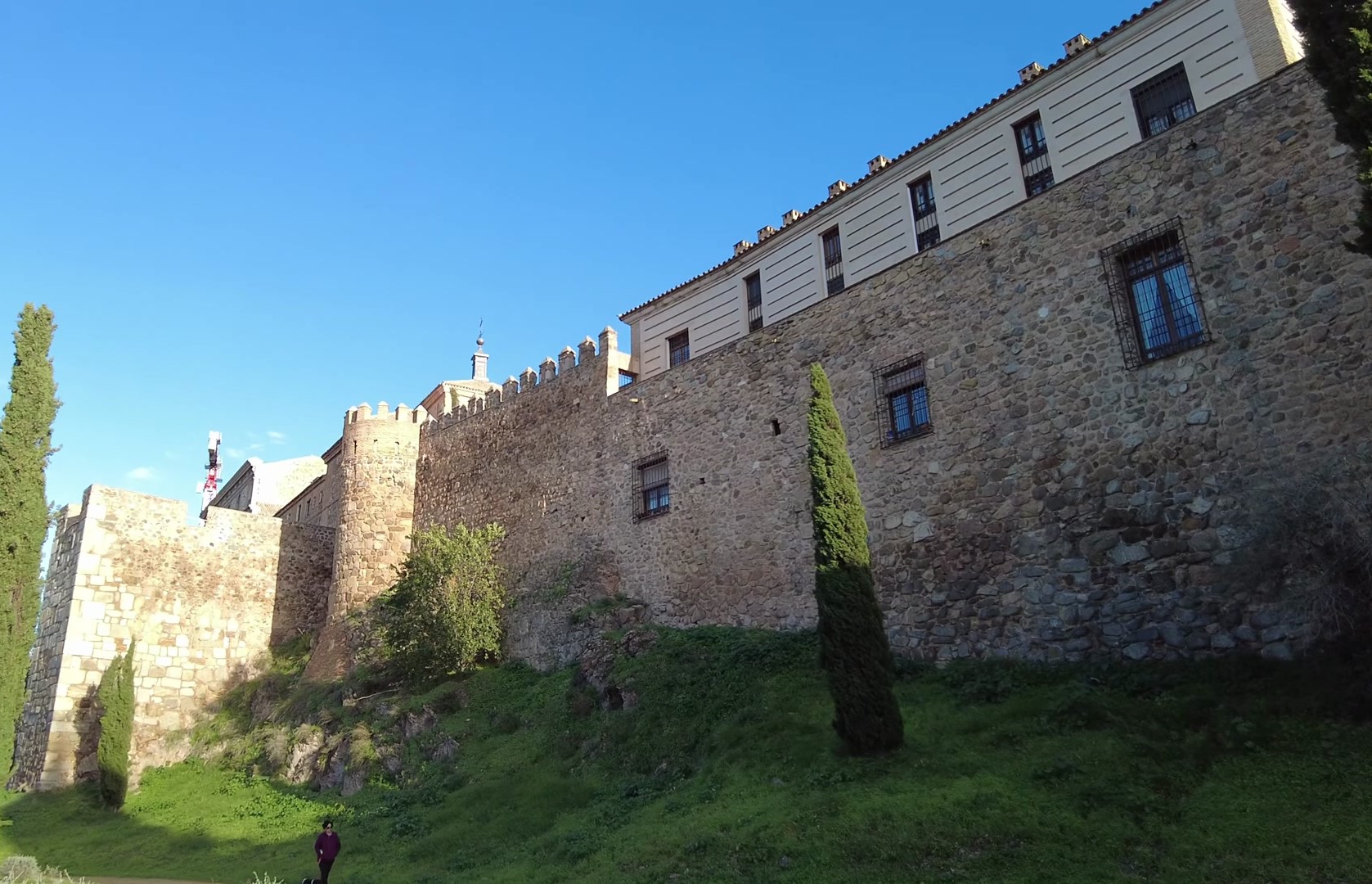

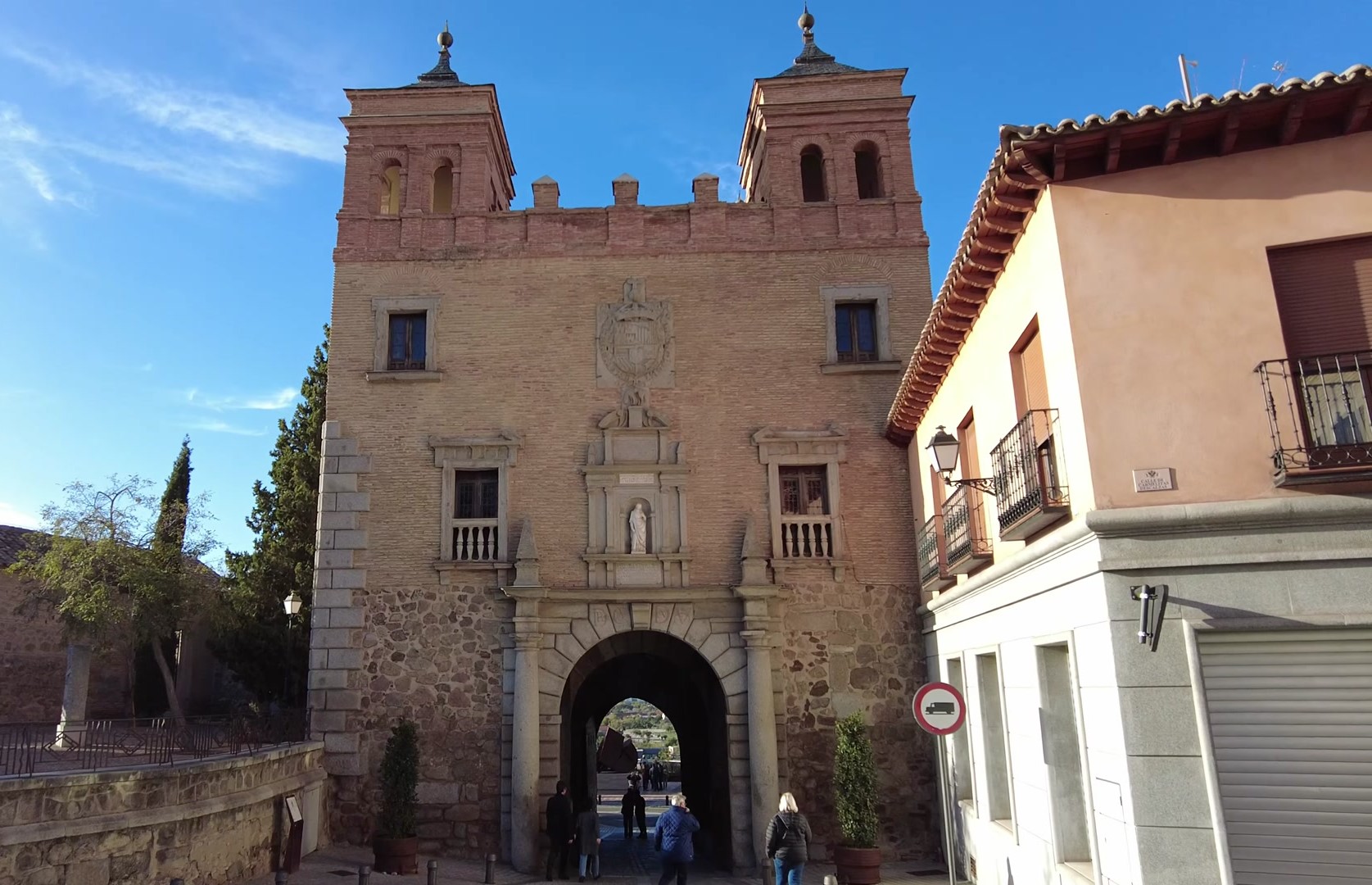

I hope exploring Toledo with me has been an enjoyable experience for you. If you’re planning a visit, I recommend going during the off-season. Tourists are always abundant here, but in the summer both the crowds and prices spike significantly. And summer temperatures can get quite high, so keep that in mind when planning. Toledo is perfect for a day trip from Madrid. You can get here in under an hour by train (the fastest option). Taking a bus is the cheapest way, while driving offers the most freedom. Parking spaces are also available in the city center.


With these final tips, I’ll wrap up my post here. See you on the next journey.
You can check out this post and your own profile on the map. Be part of the Worldmappin Community and join our Discord Channel to get in touch with other travelers, ask questions or just be updated on our latest features.
I wish i could visit there soon
I hope you can too! It's definitely worth a visit.
It's amazing to see how these three cultures have found a wonderful equilibrium and created an unique form of beauty. Spain has a very interesting history, and like every history process it brings consequences in architecture, food, language... I know something about this personally, since I live in Sardinia 😁
Spain played an important role for this island in the past, I have also Spanish blood and I feel home everytime I visit Spain.
Also, I love Medieval cities. Those walls and that bridge are something I have definitely to see in real life 🤠
Thank you so much for your insightful comment. It's wonderful that you appreciate the unique blend of cultures in Spain. It's so true that history leaves its mark on everything, from architecture to language and cuisine. How fascinating that you're in Sardinia and have that historical connection to Spain. I'm glad you feel at home here. And yes the medieval cities are really something special. I highly recommend seeing them in person if you get the chance. You won't be disappointed...
Travel Digest #2439.
Become part of our travel community:
- Join our Discord
Hiya, @lizanomadsoul here, just swinging by to let you know that this post made it into our Honorable Mentions in Your post has been manually curated by the @worldmappin team. If you like what we're doing, please drop by to check out all the rest of today's great posts and consider supporting other authors like yourself and us so we can keep the project going!Thank you so much 🤗
Keep up the great work 💪
Your level lowered and you are now a Red Fish!@larissalugo, sorry to see that you have less Hive Power.